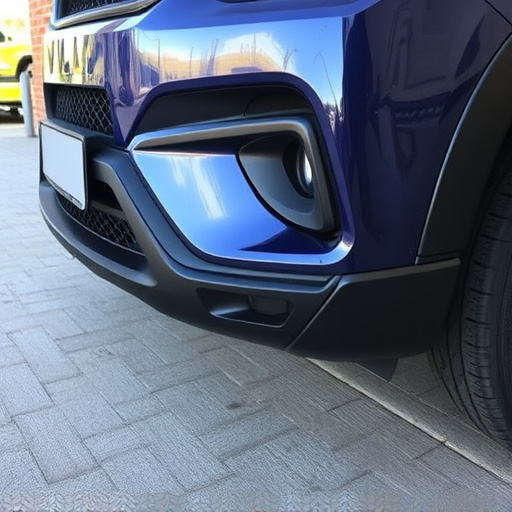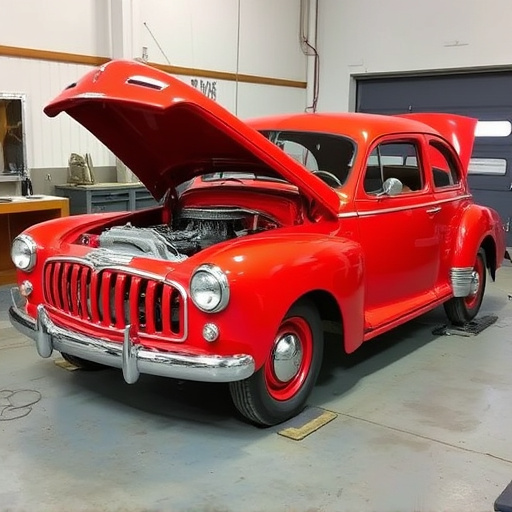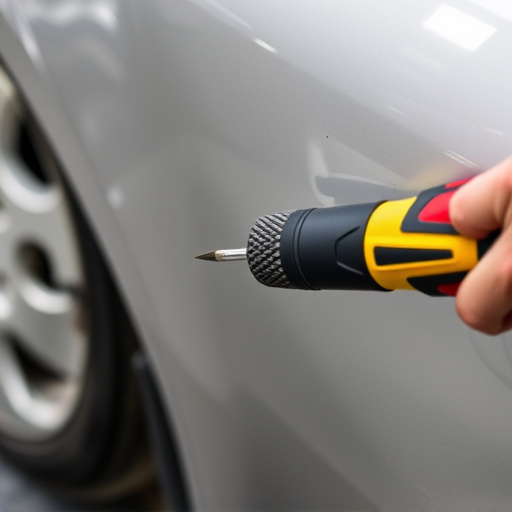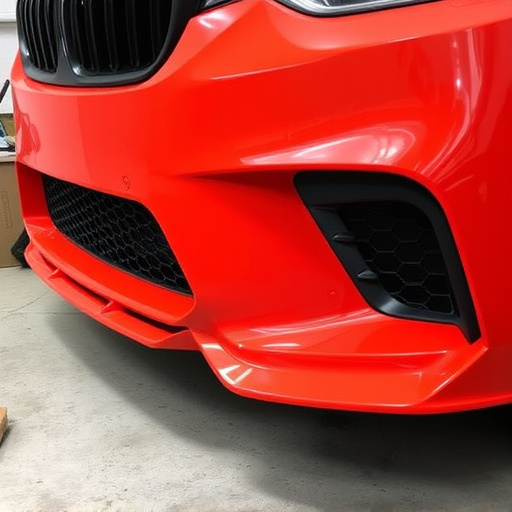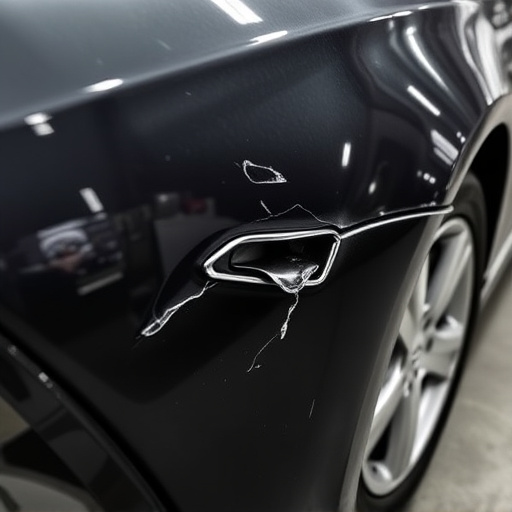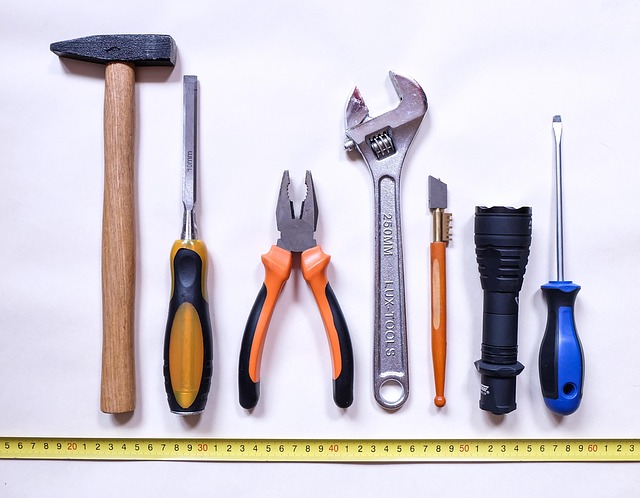Rapid advancements in materials science have led to game-changing materials like composites and high-tech polymers, transforming industries like construction and automotive. These materials present unique challenges for structural damage repair, requiring body shop services to evolve with specialized training, equipment, and knowledge of latest advancements. Advanced polymers in luxury car manufacturing complicate traditional assessment methods due to intricate structures. The future of structural damage repair involves innovative technologies like carbon fiber composites, lightweight alloys, and smart polymers, promising precise, robust outcomes and revolutionizing industry standards.
In today’s world, advanced materials are reshaping construction and repair processes. However, these innovations also complicate structural damage repair. This article delves into the unique challenges posed by evolving materials like advanced polymers in assessing and repairing structural damage. We explore how their strengths can turn into complexities, highlighting the need for novel repair techniques that harness these material properties. Understanding these dynamics is crucial for navigating future construction and repair landscapes, ensuring safer and more efficient structural damage mitigation.
- Evolving Materials Present Unique Challenges in Structural Repairs
- Advanced Polymers: Strengths and Complications for Damage Assessment
- Future Repair Techniques: Leveraging Novel Materials' Properties
Evolving Materials Present Unique Challenges in Structural Repairs
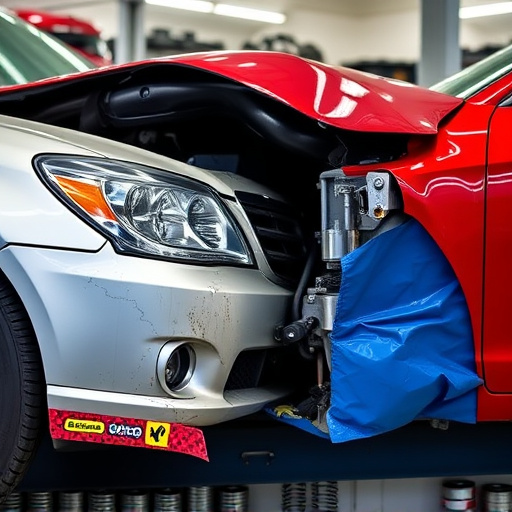
The ever-evolving landscape of materials science has significantly impacted various industries, including construction and automotive sectors. As new advanced materials like composites, lightweight alloys, and high-tech polymers gain popularity, they bring both benefits and challenges to structural damage repair processes. Traditional methods that once effectively handled repairs for conventional materials may not be adequate or efficient when dealing with these modern alternatives.
For instance, while composite materials offer enhanced strength and durability, their intricate structures and different failure modes compared to metal or traditional plastics necessitate specialized techniques and tools for effective collision damage repair. Similarly, car dent removal from advanced materials requires precision and knowledge of the material’s properties to avoid leaving unsightly markings or compromising structural integrity. Body shop services must adapt to these changes by investing in training, acquiring new equipment, and staying updated with the latest advancements to handle such complex repairs competently.
Advanced Polymers: Strengths and Complications for Damage Assessment
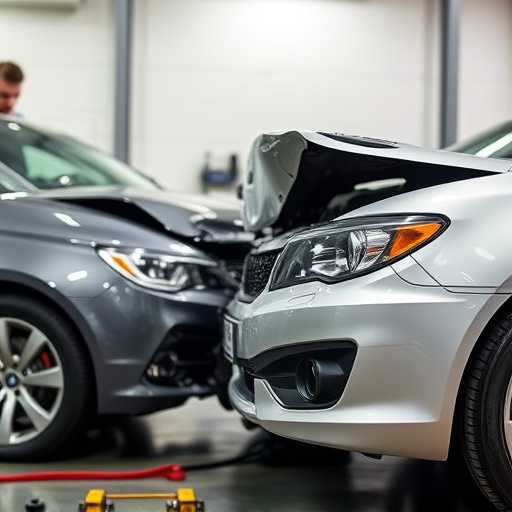
Advanced polymers have significantly complicated the landscape of structural damage repair. These materials, known for their exceptional strength and flexibility, are increasingly used in modern car manufacturing, including in luxury brands like Mercedes Benz. However, their intricate structures and unique properties pose challenges for collision repair services. Traditional assessment methods often struggle to accurately determine the extent of damage hidden beneath complex polymer layers, leading to potential weaknesses that may go unnoticed.
The introduction of advanced polymers necessitates a reevaluation of standard repair processes. While these materials offer enhanced safety features and improved performance in car damage repair, their intricate nature requires specialized tools and techniques for effective damage assessment and subsequent repairs. Professional collision repair services are increasingly adopting innovative technologies to navigate this labyrinthine challenge, ensuring that vehicles, such as Mercedes Benz models, return to their pre-accident condition with compromised structural integrity.
Future Repair Techniques: Leveraging Novel Materials' Properties
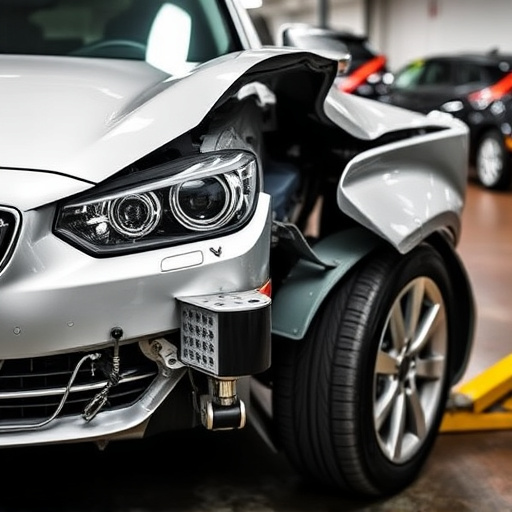
The future of structural damage repair processes is set to be transformed by advanced materials, offering new possibilities for efficiency and strength in auto body services and luxury vehicle repair. Researchers and engineers are exploring the unique properties of novel materials like carbon fiber composites, lightweight metal alloys, and smart polymers to develop innovative repair techniques. These materials provide enhanced durability, flexibility, and corrosion resistance, making them ideal solutions for complex structural damage in both automotive repairs and beyond.
By leveraging these advanced materials, repair technicians can achieve more precise and robust outcomes. Carbon fiber composites, for instance, offer exceptional strength-to-weight ratios, enabling the restoration of vehicle structures to near-original conditions. Smart polymers with self-healing capabilities can mend microscopic cracks before they escalate, while lightweight alloys reduce overall weight, enhancing fuel efficiency in automotive repair processes. These advancements promise to streamline structural damage repairs across various industries, setting new standards for quality and performance in auto body services.
Advanced materials, with their remarkable properties, are transforming the landscape of structural damage repair. While these innovative polymers offer enhanced strength and durability, they also present unique challenges in assessment and repair processes. As we look towards the future, leveraging the characteristics of advanced materials will be key to developing efficient and effective repair techniques, revolutionizing the way we address structural damage. By embracing these complexities, we can ensure more robust and sustainable infrastructure.


